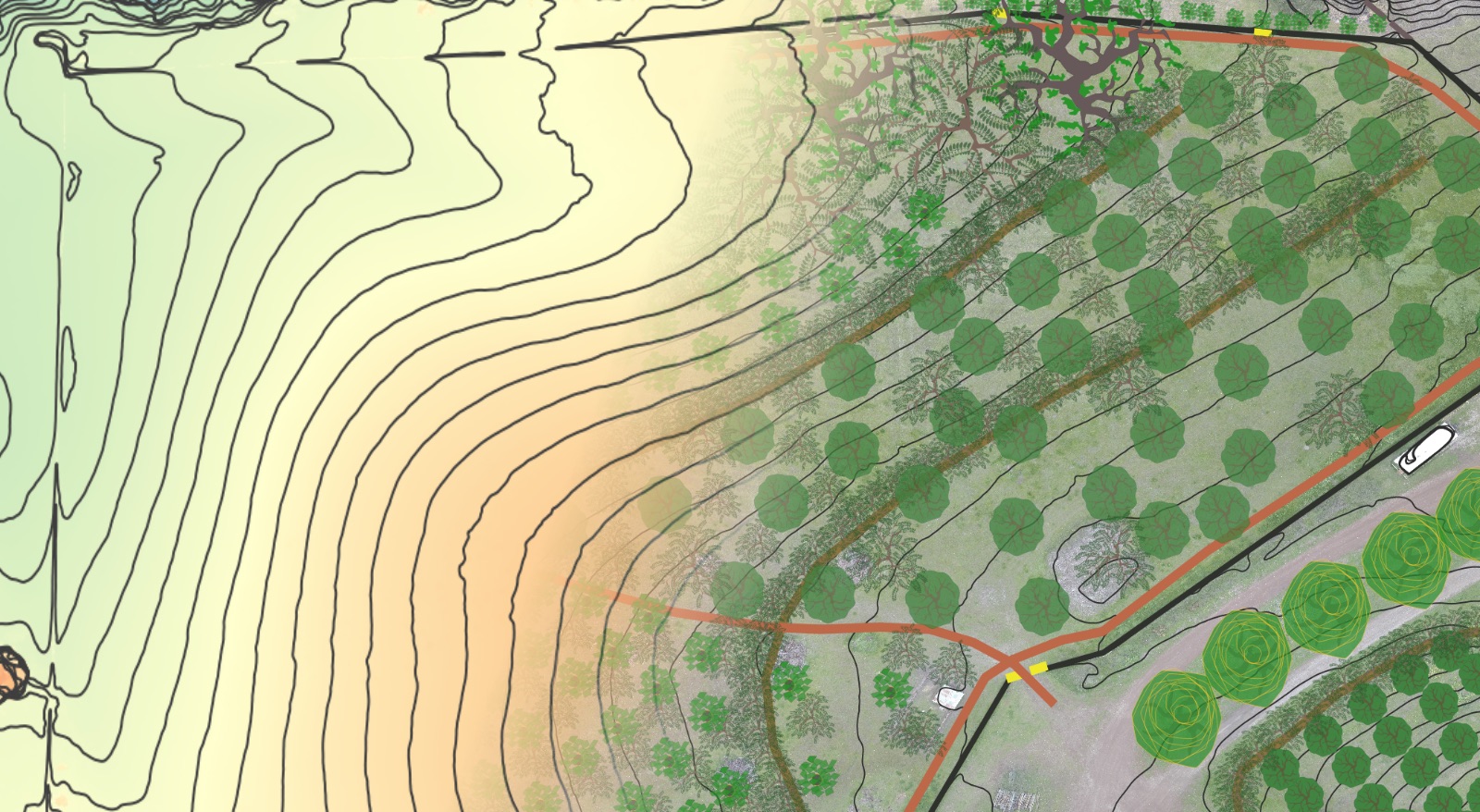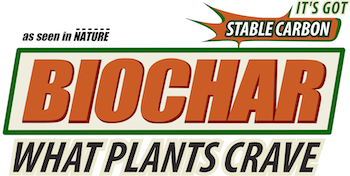Your cart is currently empty!
Primer On Green Septic Systems
on
What Are Green Septic Systems?
Green septic systems utilize aerobic biology to fully digest and break down sewage effluent, utilizing it as a fertilizer to grow valuable herbaceous and woody biomass.
What Are The Components Of A Green Septic System?
A green septic system utilizes traditional greywater and blackwater collection plumbing, a traditional septic tank for effluent clarification and settling of solids, a “dipper” distribution box, and a 2” branched drain distribution system that leads to subsoil infiltrators. Because green septics integrate very well with and utilize existing septic infrastructure, they can be installed as retrofits to existing septic systems, when they fail (as all conventional leach fields ultimately do).

The table below compares the characteristics of green and traditional septic systems.
| Parameter | Green septic | Conventional septic |
|---|---|---|
| Distribution of effluent | Even, controlled | Unpredictable, concentrated |
| Treatment | Highly effective from aerobic and anaerobic microorganisms shallow in the soil profile; plant roots absorb nutrients | Moderately effective from anaerobic microorganisms deep in the soil profile, nutrients pollute groundwater |
| Water reuse | Reuse of all household greywater and blackwater facilitated by predictable, even dispersal of effluent | Impractical; some plants receive too much water, most receive none. Roots can clog perforated pipe. |
| Inspection and service access | Provided to every part of the system | Generally little or no access |
| Evapotranspiration assist | Significant | Insignificant |
| Long term acceptance rate (LTAR) | High, due to relative absence of bacterial biomat formation, action of soil macro fauna to till soil and keep it open | Low, due to anaerobic conditions which seal the surface with a bacterial biomat (slime layer) and deter soil fauna |
| Action on failure | Pressure wash roots out and clean soil surface | Abandon system and make a new one elsewhere on the property |
How Green Septic Systems Differ From Conventional Septic Systems
The key difference between conventional and green septic systems is the controlled, even, gravity-powered distribution of effluent.
Conventional septic leach fields utilize perforated pipe over a gravel basin for subsoil distribution of effluent. Most of the effluent will exit through the first few holes in the pipe, while the others downstream are high and dry. Over time this leads to clogging of the upstream holes, which pushes additional effluent discharge onto the next few downstream holes until they clog leading to progressive leach field failure. Tree roots are very capable of clogging most perforated pipe holes of less than ¾” in size as well. Given the concentrated nature of effluent distribution, impermeable bacterial mats are likely to form at these points, limiting percolation into the soil and further hastening the system’s failure.
Green septic systems use no perforated pipe. Instead the distribution pipe exits into the infiltrator cavity typically 12” above the underlying soil. Plant roots are able to grow into the infiltrator bay without risk of clogging the effluent outlet due to the air gap and the fact that they have ready access to the effluent as it spreads across the entire floor of the infiltrator. Earthworms also help to till the soil and maintain aeration and infiltration. This alone is enough to prevent the formation of an impermeable bacterial mat in most cases. The “dipper” distribution box allows the system stewards to switch the flow between different segments of the branched drain system, feeding different infiltrator bays. Should a bacterial mat form, switching infiltrator bays for 1 month has been shown to kill bacterial mats. Unlike conventional septic systems, which are not built with easy access or maintenance in mind, a green septic system is designed for total serviceability, and has inspection ports for each sub soil infiltrator, all branched drain distribution piping, the dipper distribution box and the septic tank.

Green septic systems rely principally upon biology, both in the form of soil micro- and macro-fauna as well as plant and tree roots, to break down and digest effluent. Unlike conventional septic leach fields, which discharge effluent below the active biological layers of the soil (where that effluent then percolates down into ground water supplies unaltered), the subsoil infiltrators of a green septic system discharge effluent just below the soil surface, where there is maximum aerobic biology to digest the nutrients and break down or bind any toxins contained in the effluent. Because the system is aerobic, it is highly resistant to colonization by anaerobic bacteria. Green septics are better options for long-term ground water health and decreased maintenance costs compared to conventional septic systems.




